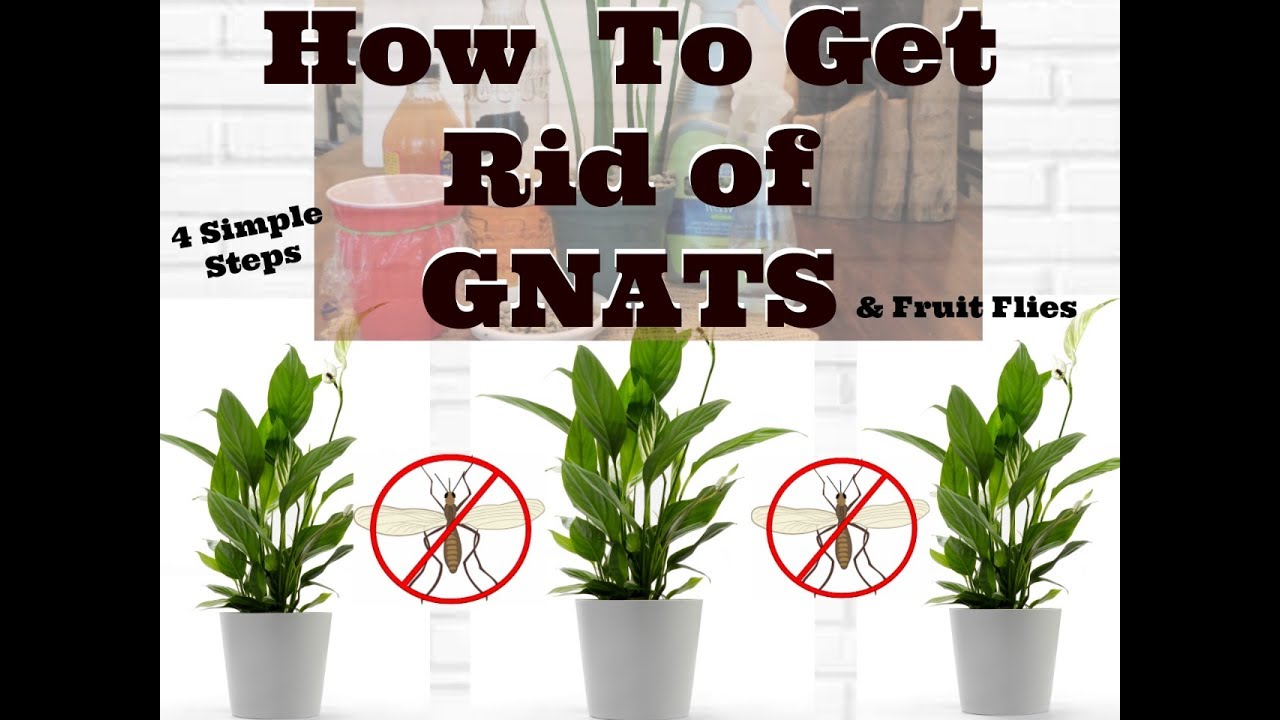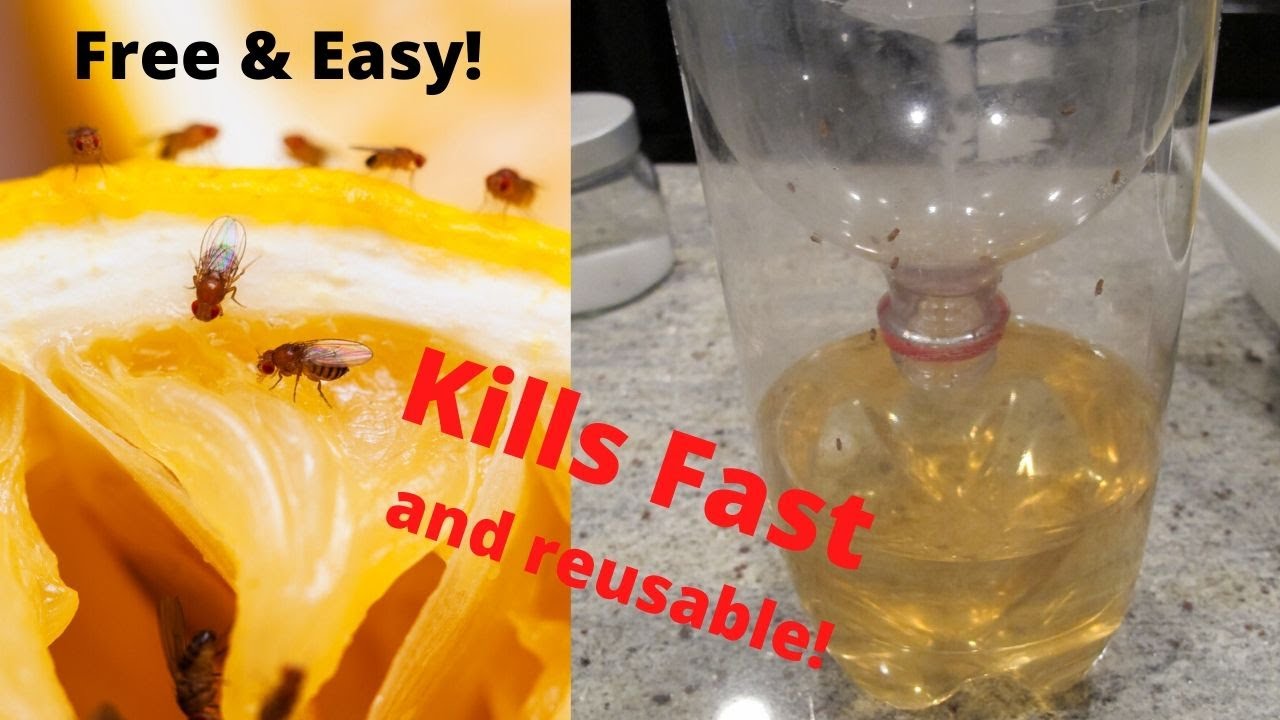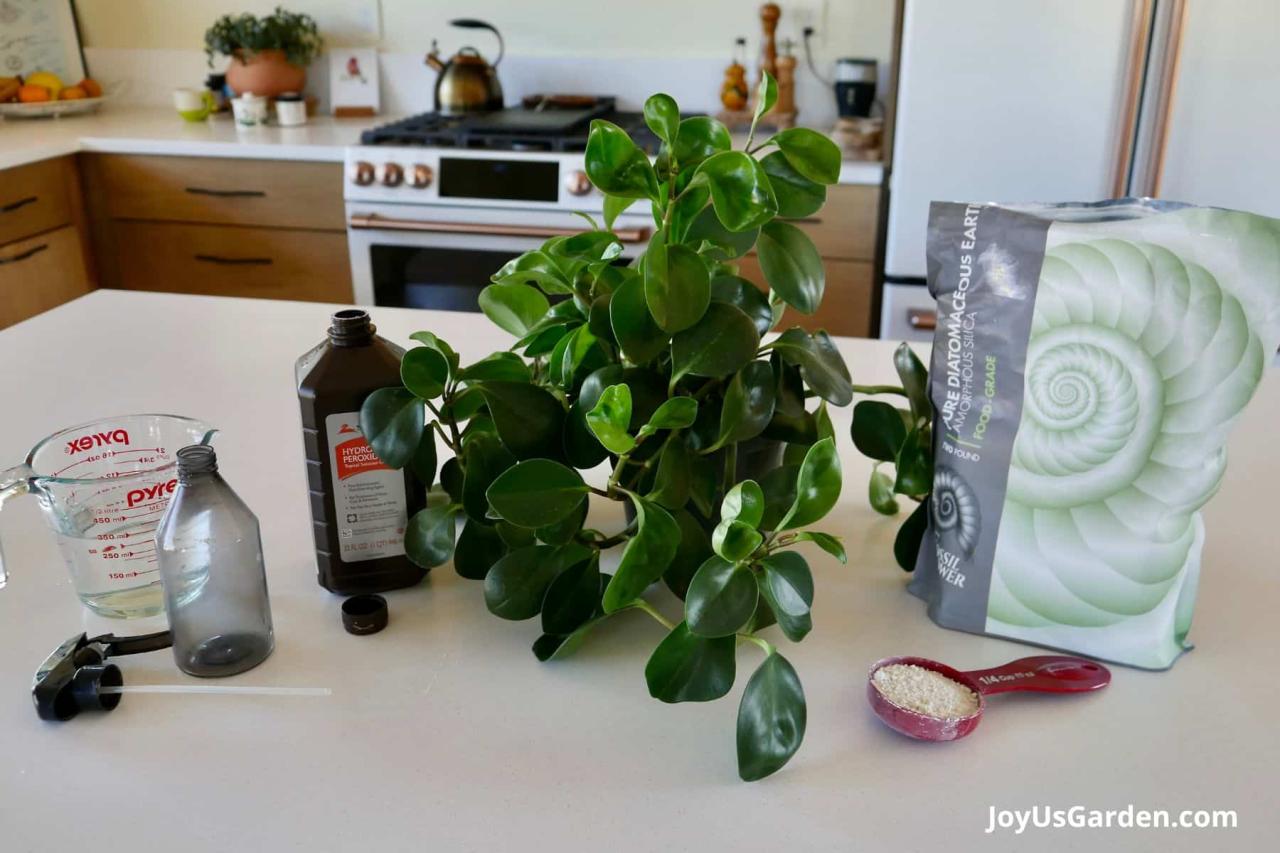How to Eliminate Gnats from Plants Using Baking Soda: Gnats, those pesky little flies that seem to appear out of nowhere, can be a real nuisance for plant owners. They can quickly multiply, leaving your beloved greenery looking unhealthy and attracting unwanted pests.
While commercial insecticides are readily available, many gardeners prefer natural solutions, and baking soda is a surprisingly effective option for tackling these annoying insects.
Baking soda, a common household ingredient, possesses unique chemical properties that make it a formidable weapon against gnats. Its alkaline nature disrupts the gnat’s life cycle, hindering their ability to reproduce and thrive. This article delves into the science behind baking soda’s effectiveness, explores practical methods for using it to eliminate gnats, and provides additional tips for preventing future infestations.
Understanding Gnats and Their Attraction to Plants
Gnats are tiny, winged insects that can be a nuisance in homes and gardens. While they are not harmful to humans, they can be a significant problem for plants, especially when they infest in large numbers. Understanding the life cycle of gnats and the factors that attract them to plants is essential for effectively controlling them.
Gnat Life Cycle and Habitats
Gnats undergo a complete metamorphosis, meaning they have four distinct life stages: egg, larva, pupa, and adult.
- Eggs: Gnats lay their eggs in moist environments, often in soil or decaying organic matter. The eggs are small and white, and they hatch within a few days.
- Larvae: Gnat larvae are small, worm-like creatures that feed on decaying organic matter and microorganisms. They live in moist soil, compost, or decaying plant material. Larvae can live for several weeks, depending on the species and environmental conditions.
- Pupae: After reaching maturity, gnat larvae transform into pupae, which are immobile and resemble small, brown capsules. The pupa stage typically lasts for a few days or weeks.
- Adults: Adult gnats emerge from the pupae and are ready to mate and lay eggs. Adult gnats are typically attracted to moist environments, decaying organic matter, and sweet scents. They can live for several weeks, depending on the species and environmental conditions.
Eliminating gnats from your plants can be a frustrating experience, but there are natural solutions. One popular method is using baking soda. Simply mix a tablespoon of baking soda with water and pour it around the base of your plants.
This will create an alkaline environment that gnats dislike. If you prefer a more aromatic approach, you can also explore the use of essential oils. How to Use Essential Oils to Eliminate Gnats from Plants offers a detailed guide on this method.
Regardless of your chosen approach, consistency is key for effectively eliminating these pesky insects from your plants.
Factors Attracting Gnats to Plants
Several factors can attract gnats to plants, including:
- Moisture: Gnats thrive in moist environments. Overwatering plants can create a favorable habitat for gnat larvae.
- Decaying Matter: Gnats are attracted to decaying organic matter, such as dead leaves, roots, and fruit. This is why they are often found in compost bins and around decaying plants.
- Sweet Scents: Gnats are attracted to sweet scents, such as those produced by flowering plants and ripe fruits. This is why they are often found around fruit trees and potted plants with flowers.
Types of Gnats that Infest Plants
There are several types of gnats that can infest plants, including:
- Fungus Gnats: These gnats are small, dark-colored flies with long legs. They are often found in moist soil and around decaying plant material. Fungus gnat larvae feed on fungi and decaying organic matter, which can damage plant roots.
- Shore Flies: Shore flies are slightly larger than fungus gnats and have a distinctive “humped” back. They are often found near water sources, such as ponds and streams. Shore fly larvae feed on decaying organic matter and algae, which can damage plant roots.
While baking soda can be an effective way to deter gnats, it’s crucial to understand that it’s just one part of a comprehensive approach to managing these pesky insects. For a more in-depth look at various gnat control strategies, including preventative measures, How to Treat Gnat Problems in Indoor Gardens provides valuable insights.
Once you’ve tackled the root of the problem, using baking soda as a supplementary solution can help keep those pesky gnats at bay.
- Drain Flies: Drain flies are small, gray flies with hairy wings. They are often found in damp, dark areas, such as drains and sewers. Drain fly larvae feed on decaying organic matter and bacteria, which can contaminate water sources.
Why Baking Soda is Effective Against Gnats

Baking soda, also known as sodium bicarbonate, is a common household ingredient that can be used to effectively deter gnats from your plants. Its effectiveness stems from its chemical properties, which make it an unfavorable environment for these pesky insects.
How Baking Soda Disrupts Gnat Life Cycle
Baking soda disrupts the life cycle of gnats by affecting their ability to reproduce. When gnats come into contact with baking soda, it dehydrates their eggs, preventing them from hatching. This disruption in the life cycle helps to control the gnat population and reduce their numbers.
Methods for Using Baking Soda to Eliminate Gnats

Baking soda is a versatile household ingredient that can be used to eliminate pesky gnats from your plants. Its effectiveness stems from its ability to disrupt the gnats’ life cycle by altering the soil’s pH and creating an unfavorable environment for their eggs and larvae.
This method is a safe and natural alternative to chemical pesticides, making it suitable for use around plants and pets.
Creating a Baking Soda Solution
To effectively control gnats, you need to create a baking soda solution that can be applied to your plants and the surrounding soil. This solution will help disrupt the gnats’ life cycle and deter them from laying eggs. Here’s a step-by-step guide to creating a baking soda solution:
- Gather your materials: You will need baking soda, water, and a spray bottle.
- Mix the solution: Combine 1 tablespoon of baking soda with 1 quart of water in a spray bottle.
- Shake well: Ensure the baking soda is thoroughly mixed into the water to create a uniform solution.
Applying the Baking Soda Solution
Applying the baking soda solution is crucial to effectively eliminate gnats. The solution should be applied directly to the plants and their surrounding areas, focusing on the soil and the base of the plants. Here’s how to apply the baking soda solution:
- Saturate the soil: Spray the solution directly onto the soil around your plants, ensuring that the soil is thoroughly moistened.
- Target the base: Apply the solution to the base of the plants, where gnats tend to lay their eggs.
- Avoid direct contact with leaves: While the solution is generally safe for plants, it’s best to avoid direct contact with the leaves as it can potentially clog the pores and hinder photosynthesis.
Tips for Maximizing Effectiveness
For optimal results, consider these tips when using the baking soda solution:
- Frequency: Apply the solution weekly, especially during periods of high gnat activity.
- Timing: Apply the solution in the early morning or evening when the gnats are less active.
- Environmental factors: Consider the humidity levels and temperature, as gnats thrive in moist environments.
- Combine with other methods: You can combine the baking soda solution with other methods, such as yellow sticky traps, to enhance its effectiveness.
Identifying and Addressing Underlying Causes

Gnats are attracted to moist environments, and overwatering is a primary cause of gnat infestations in plants. When soil remains excessively wet for prolonged periods, it creates a breeding ground for gnats. These tiny insects thrive in damp conditions, laying their eggs in the soil and producing new generations.
Overwatering, How to Eliminate Gnats from Plants Using Baking Soda
Overwatering is a common mistake that can lead to gnat infestations. When you water your plants too frequently, the soil becomes waterlogged, creating a breeding ground for gnats.
- To prevent overwatering, allow the top inch of soil to dry out between waterings.
- Use pots with drainage holes to allow excess water to escape.
- Choose well-draining potting mix.
Poor Drainage
Poor drainage can contribute to gnat infestations by creating a moist environment in the soil. If water cannot drain away from the roots, it can lead to root rot, which further attracts gnats.
- Ensure that your pots have drainage holes.
- Use a potting mix that drains well.
- Avoid placing pots on saucers that collect water.
Decaying Organic Matter
Decaying organic matter, such as dead leaves, roots, or compost, can attract gnats. This decaying matter provides a food source for gnats and encourages their reproduction.
- Remove any dead leaves or other organic matter from the soil surface.
- Use a potting mix that is free of decaying organic matter.
- Avoid over-fertilizing, as excess fertilizer can decompose and attract gnats.
Monitoring Plants for Signs of Gnat Infestations
Regularly monitoring your plants for signs of gnat infestations is crucial. Early detection can help prevent a large-scale infestation and minimize damage to your plants.
- Look for small, flying insects around your plants, especially near the soil surface.
- Inspect the soil for small, white larvae or pupae.
- Check for yellowing or wilting leaves, which could indicate root damage caused by gnats.
Outcome Summary
By understanding the biology of gnats and the properties of baking soda, you can effectively eliminate these pesky insects from your plants and create a healthier environment for your beloved greenery. Remember, prevention is key, so adopting proper watering practices, maintaining good sanitation, and monitoring your plants for signs of infestations can help you stay ahead of the game.
Whether you’re a seasoned gardener or a novice plant enthusiast, incorporating baking soda into your pest control arsenal can make a significant difference in the health and vitality of your plants.
Question Bank: How To Eliminate Gnats From Plants Using Baking Soda
What are the signs of a gnat infestation in my plants?
You might notice small, flying insects hovering around your plants, especially near the soil. You may also see tiny white larvae or eggs in the soil. Additionally, the leaves of your plants may develop yellowing or wilting due to the gnats’ feeding.
How often should I apply the baking soda solution?
It’s recommended to apply the baking soda solution every 1-2 weeks, or more frequently if you notice a heavy infestation.
Is baking soda safe for all plants?
While baking soda is generally safe for most plants, it’s always best to test it on a small area first. Some sensitive plants may react negatively to baking soda, so observe for any signs of damage before applying it to the entire plant.
